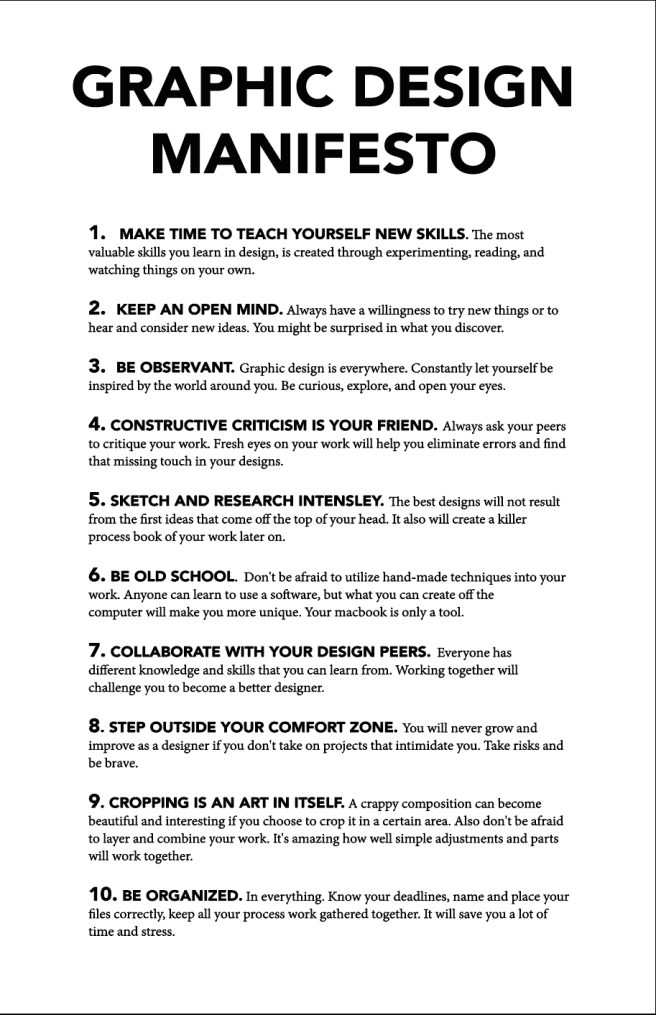Reflection on “From One Second to the Next” film:
I found the film, “From One Second to the Next” to be very powerful. I think the idea of interviewing people who have been victims personally from texting while driving is one of the best ways to bring awareness to the issue. It validates that texting while driving is a real conflict in this world and that it has and continues to affect the lives of everyone and anyone around us.
One of the major lessons his film has taught me is that the actions of texting while driving not only affects the lives of the people immediately involved, but also greatly influences and changes the lives of their close loved ones. This fact seemed to be a reoccurring theme among all the people interviewed in this film. A mother who once had a perfectly healthy son, now loses sleep every night due to her brain obsessing over listening to whether or not her son’s life support is working properly after he was hit by a person texting while driving. Another woman who used to be so hardworking, independent, and ambitious now relies on her siblings to help support her in her every day life. In one second, she went from active to inactive, and you can interpret how maddening it is for her siblings to realize the sister they used to know, is barely there now. Then, there’s a man who was not involved with texting behind the wheel, but drove a vehicle that crashed and killed the lives of two men because the person who was texting and driving in front of him, caused another vehicle to lose control and spin in his path. I can’t imagine the pain and anger that is caused from one person making a bad decision, and having it completely alter multiple lives in a negative way.
It doesn’t matter whether you are the victim of texting while driving, or the instigator. Being involved in a distracted driving situation will change and haunt your mind every day for the rest of your life. This film portrays how selfish it is of anyone to think that some insignificant text is more important than someone else’s life. The punishment toward this issue is also extremely unfair. The victim may be alive but disabled in some way, or they may even be dead, but the person who caused their life’s to alter or end, walks away after a minimum amount of jail time. There is no acceptable justice to texting and driving. The results of this action are sad, shocking, and eye opening and it’s a shame that to get people to stop and become aware of it’s threatening and dangerous nature, seems most successful only when it personally affects their own life.
Textual Research:
-qualitative data: typically descriptive, and much harder to analyze than quantitative data. Useful to find out, in depth, the ways in which people think or feel.
-quantitative data: info about quantities; it can be measured and written down with numbers. For example, your height, your shoe size, and the length of your fingernails.
-infographic: graphic visual representations of info, data or knowledge intended to present info quickly and clearly.
-data visualization: presentation of data in a pictorial or graphical format.
Visual Research:
Can be found under Infographics tab on pinterest. —https://www.pinterest.com/emilyolson3/



